Agriculture has always been reliant on innovative practices to enhance soil health and crop productivity. One such practice gaining attention is the application of sugar residue compost. This compost, derived from the byproducts of sugar production, offers numerous benefits for sustainable farming. In this article, we will explore the properties of sugar residue compost, its application methods, and its advantages in agricultural practices.
Understanding Sugar Residue Compost
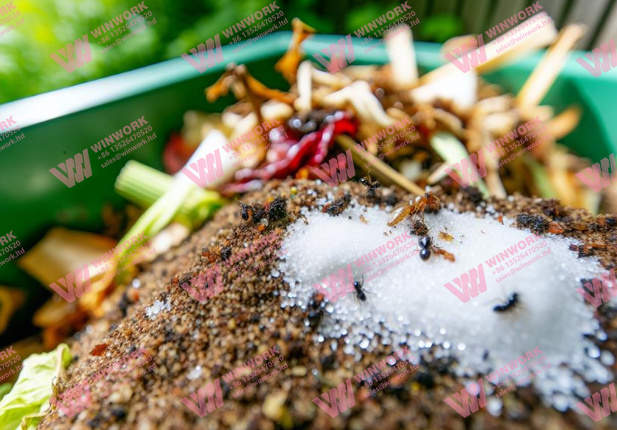
Sugar residue compost is created from the organic waste generated during the sugar manufacturing process, including bagasse, filter cake, and molasses. These materials are rich in nutrients and can be composted to produce a valuable organic fertilizer. The composting process typically involves:
- Decomposition: Microorganisms break down the organic matter in the presence of oxygen, resulting in a nutrient-rich compost.
- Temperature Management: Maintaining optimal temperatures during composting is crucial for killing pathogens and weed seeds.
- Aging: Allowing the compost to mature enhances its stability and nutrient availability, making it suitable for agricultural applications.
Nutrient Profile of Sugar Residue Compost
Sugar residue compost is packed with essential nutrients, making it an excellent amendment for soil health. Key nutrients include:
- Nitrogen (N): Essential for plant growth and development, nitrogen promotes leaf and stem growth.
- Phosphorus (P): Vital for root development and flowering, phosphorus enhances overall plant vigor.
- Potassium (K): Important for water regulation and enzyme activation, potassium contributes to plant resilience against diseases.
In addition to these macronutrients, sugar residue often contains micronutrients like calcium, magnesium, and sulfur, which are essential for plant health.
Benefits of Using Sugar Residue Compost in Agriculture
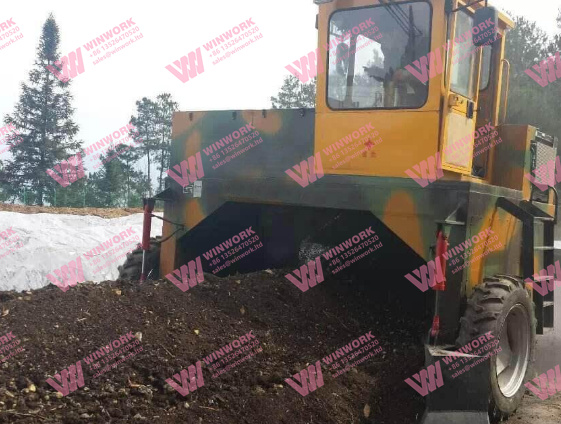
The application of sugar residue offers several advantages for farmers:
a. Improved Soil Structure
Sugar residue enhances soil structure by improving its aeration and water retention capabilities. The organic matter in the compost increases soil aggregation, leading to better root penetration and water infiltration. Healthy soil structure is vital for sustainable agriculture, as it promotes nutrient availability and reduces erosion.
b. Enhanced Microbial Activity
The rich organic content of sugar residue compost supports the growth of beneficial soil microorganisms. These microbes play a crucial role in nutrient cycling, breaking down organic matter, and enhancing soil fertility. Increased microbial activity also helps suppress harmful pathogens, contributing to healthier crops.
c. Reduced Chemical Fertilizer Dependency
By incorporating sugar residuet into farming practices, farmers can reduce their reliance on synthetic fertilizers. This shift not only lowers production costs but also minimizes the environmental impact associated with chemical fertilizers. Sustainable practices like this contribute to healthier ecosystems and improved food quality.
d. Waste Management and Sustainability
Utilizing sugar residue compost in agriculture addresses waste management challenges in the sugar industry. Instead of disposing of byproducts, farmers can turn these materials into valuable fertilizers. This approach promotes sustainability by closing the nutrient loop and reducing waste.
Application Methods of Sugar Residue Compost
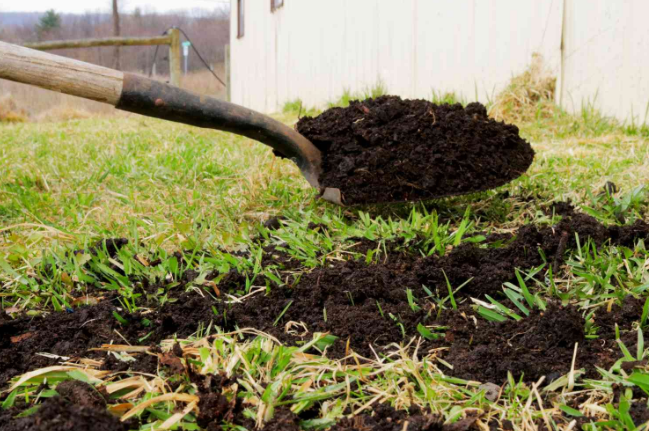
There are several effective methods for applying sugar residue compost in agriculture:
a. Soil Incorporation
One of the most common application methods involves incorporating sugar residue compost directly into the soil. This can be done during land preparation or planting. Incorporating compost enhances nutrient availability and improves soil structure, leading to better crop growth.
b. Top Dressing
Top dressing involves spreading a layer of sugar residue compost on the soil surface around established crops. This method provides a slow release of nutrients over time, supporting ongoing plant growth. It is particularly effective for perennial crops and during critical growth stages.
c. Liquid Fertilizer Production
Sugar residue can also be used to produce liquid fertilizers through anaerobic digestion or fermentation processes. These liquid fertilizers can be applied via irrigation systems, allowing for precise nutrient delivery to plants.
Considerations for Effective Use
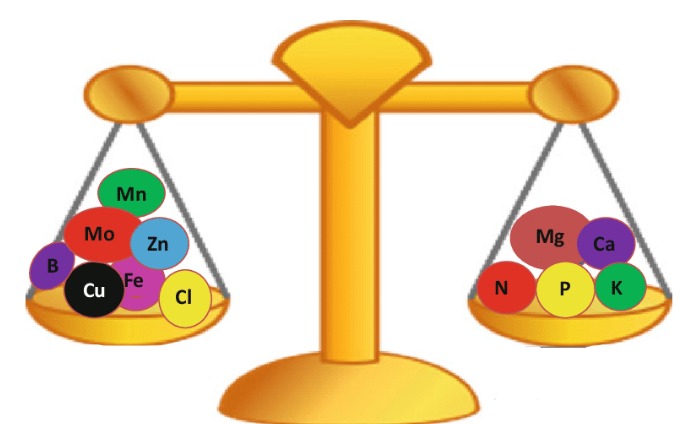
While sugar residue compost offers numerous benefits, several considerations should be kept in mind for effective application:
- Nutrient Balance: Conducting soil tests before applying sugar residue compost is essential to understand existing nutrient levels and tailor applications accordingly.
- Application Rates: Applying compost at appropriate rates is crucial. Over-application can lead to nutrient imbalances or environmental issues, such as runoff.
- Timing: Timing applications to coincide with crop needs ensures that plants can effectively utilize the nutrients from the compost.
Case Studies and Research
Research has shown promising results regarding the use of sugar residue compost in various agricultural settings. For example, studies have demonstrated that incorporating sugar residue compost into crop rotations enhances soil fertility and increases yields in sugarcane and vegetable production.
Additionally, farmer-led initiatives in regions with a significant sugar industry have successfully implemented sugar residue composting programs, leading to improved soil health and reduced chemical fertilizer use.
Future Trends and Innovations
The future of sugar residue compost application in agriculture looks promising, with ongoing innovations and research. Key trends include:
- Biotechnology Integration: Advances in biotechnology may enhance the composting process, increasing nutrient content and accelerating decomposition.
- Precision Agriculture: Utilizing data-driven approaches to optimize compost application rates and timings can maximize benefits and minimize waste.
- Awareness and Education: Increasing awareness among farmers about the benefits of sugar residue compost will drive its adoption and promote sustainable agricultural practices.
Conclusion
Sugar residue compost represents a valuable resource for sustainable agriculture, offering numerous benefits for soil health, crop productivity, and environmental stewardship. By effectively utilizing the byproducts of the sugar industry, farmers can enhance their practices while contributing to a more sustainable agricultural future.
The integration of sugar residue compost into farming systems not only addresses waste management challenges but also promotes nutrient cycling and reduced reliance on chemical fertilizers. As research and innovations continue to advance, the potential for sugar residue compost in agriculture will only grow, driving positive change in farming practices and supporting global food security.



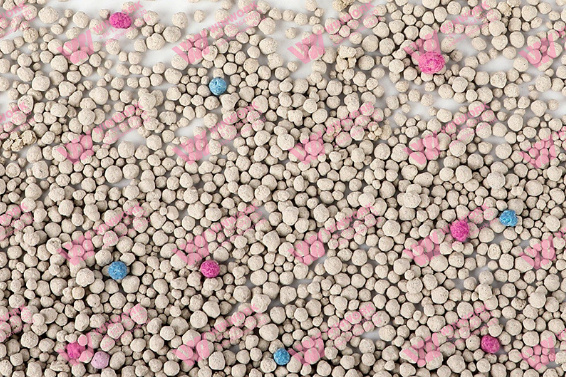
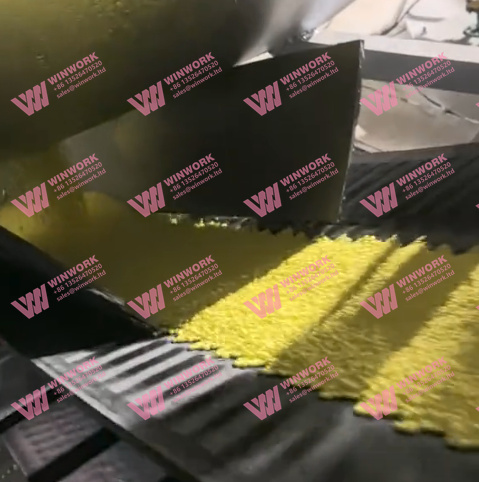
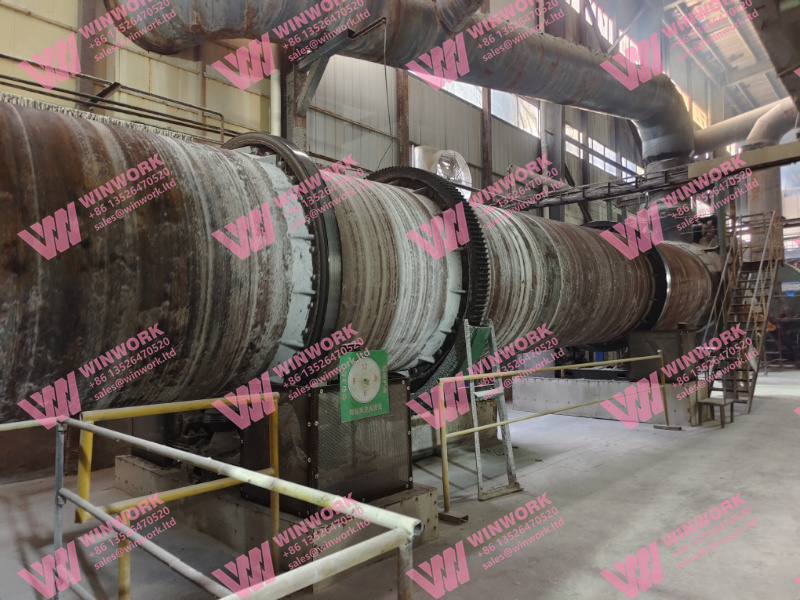
Get A Quote